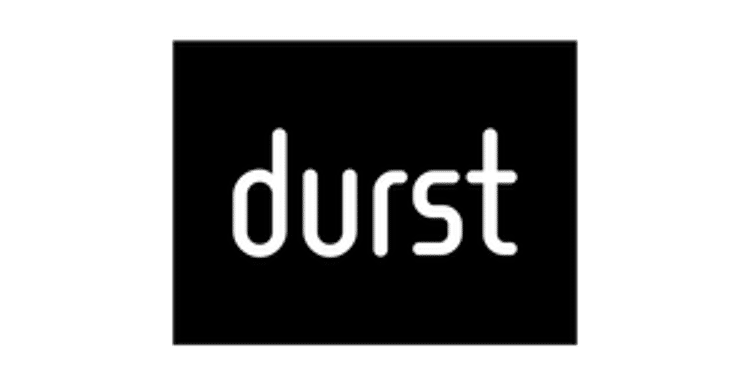Durst's Commitment to a Fully Sustainable Business, with Rico Sauerborn, Durst Group

Rico Sauerborn, the COO of the Durst Group, a global technology leader in the development and manufacturing of large format inkjet printing equipment for graphics, ceramics, textiles, labels and corrugated material discusses Durst's commitment to sustainability
In this episode, Frazer and Rico discuss Durst's commitment to sustainability, shaped by its experience with climate change. The company has achieved net zero Scope 2 emissions and reduced energy consumption by two-thirds compared to 2019. They have also installed a PV power plant, and both of its manufacturing facilities are powered by home-generated solar energy and purchased 100% renewable energy. Durst's real challenge is to address Scope 3 with limited standardization, reducing product carbon footprints for internal benchmarking.
Finally, while Durst is comfortable driving sustainability on its own, there is also a need to collaborate with the authorities, for example when it comes to developing a new mobility concept for commuting employees.
Listen to this podcast here.
Source Information: this article has been sourced from EcoPrint
Topics
Interested in joining our community?
Enquire today about joining your local FESPA Association or FESPA Direct
Recent news

The importance of ink for large format printers
Ink is crucial for large format inkjet printers, influencing substrate compatibility, productivity, and cost. Nessan Cleary discusses the three main types which include UV-curable ink, latex ink and eco-solvent ink. Each ink type has specific strengths and weaknesses, making printers choice dependent on budget and intended applications.

What are the benefits of Direct-To-Fabric printing?
Direct-to-fabric printing is gaining popularity for high-volume textile production, enabling on-demand, customized short runs. These printers offer ink flexibility, accommodating various fabric types like cotton and silk, though ink development focuses on faster turnaround by reducing pre- and post-processing. Compared to traditional methods, direct-to-fabric inkjet printing is a more sustainable option due to reduced water and chemical usage, and localized production.

What are the opportunities for large format providers regarding digital touch screens?
Digital touchscreens are becoming increasingly common, offering businesses opportunities to improve customer engagement and streamline operations. Nessan Cleary shares, while more expensive to implement than standard digital displays due to complex software and integration needs, touchscreens provide self-service options, multilingual support, and can reduce staffing costs in various settings like retail, transportation, and healthcare.
